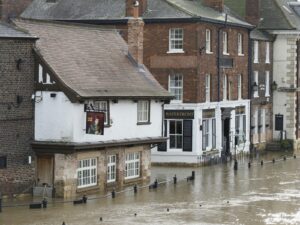Glaciers in the Southern Alps of New Zealand have lost 77% of their total volume, according to a new study led by researchers at the University of Leeds.
The researchers mapped ice loss in the Southern Alps from the end of the Little Ice Age – roughly 400 years ago – to 2019.
They reconstructed glacier volumes using historical records of glacier outlines and found that the rate of ice loss has doubled since glaciers were at the Ice Age peak volume.
Relative to recent decades, the Southern Alps have lost up to 77% of their total glacier volume.
Up to 17% of this has been lost between 1978 and 2019 alone.
The researchers have highlighted that not only do local communities depend on glaciers for freshwater, hydropower and irrigation, but mountain glacier and ice cap melt currently accounts for 25% of global sea-level rise.
Therefore they have said that urgent research is needed to understand these findings in a longer-term context of global sea-level rise.
Lead author of the study, Dr Jonathan Carrivick, said: ‘These findings quantify a trend in New Zealand’s ice loss.
‘The acceleration in the rate of ice mass loss may only get worse as not only the climate but also other local effects become more pronounced, such as more debris accumulating on glaciers surfaces and lakes at the bottom of glaciers swell, exacerbating melt.
‘Our results suggest that the Southern Alps has probably already passed the time of ‘peak water’ or the tipping point of glacier melt supply.
‘Looking forwards, planning must be made for mitigating the decreased runoff to glacier-fed rivers because that affects local water availability, landscape stability and aquatic ecosystems.’
Co-author of the study, Dr Andrew Lorrey added: ‘Our findings provide a conservative baseline for rates of Southern Alps ice volume change since pre-industrial times. They agree with palaeoclimate reconstructions, early historic evidence and instrumental records that show our ice is shrinking from a warming climate.’
Photo Credit – Pixabay
















